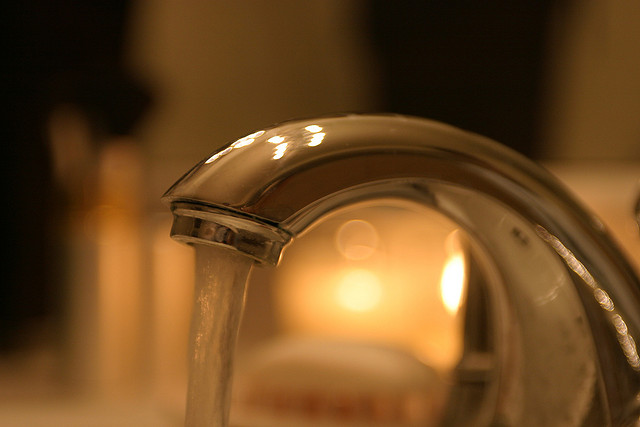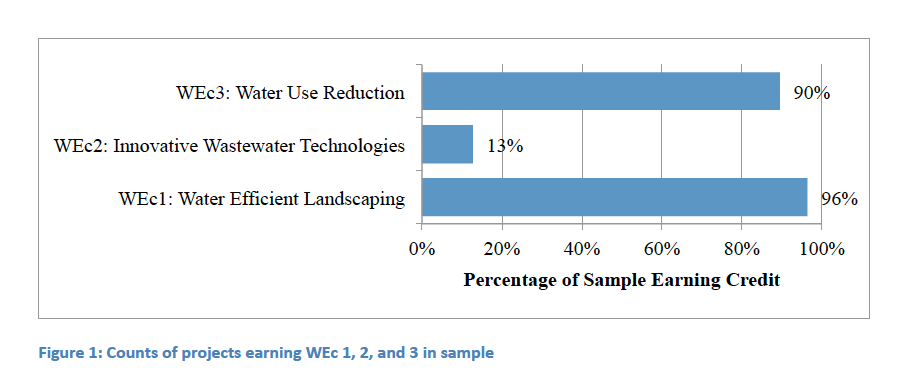Code Green Solutions


This report, from researchers at Virginia Tech, describes some aspects of project compliance paths for projects earning water efficiency credits under LEED for New Construction v2.2. A stratified random sample was taken of all non-confidential certified projects earning these credits under this version of the rating system, and compliance forms for Water Efficiency credits 1, 2, and 3 were analyzed. Usage rates for water efficient landscaping, non-potable water sources, on-site wastewater treatment, and selection of plumbing fixtures and tap fittings were calculated.
It was found that for WEc1: Water Efficient Landscaping, projects most often avoid permanent irrigation altogether. Rainwater was the most common non-potable water source for those that selected that compliance path. Wastewater reduction was selected over on-site treatment, and high efficiency toilets and non-water urinals were most often used to meet the high reduction necessary to earn the WEc2: Innovative Wastewater credit. Dual flush and high efficiency urinals were most often selected for lower (20+% or 30+%) water use reduction needs for WEc3: Water Use Reduction. Read the full report.